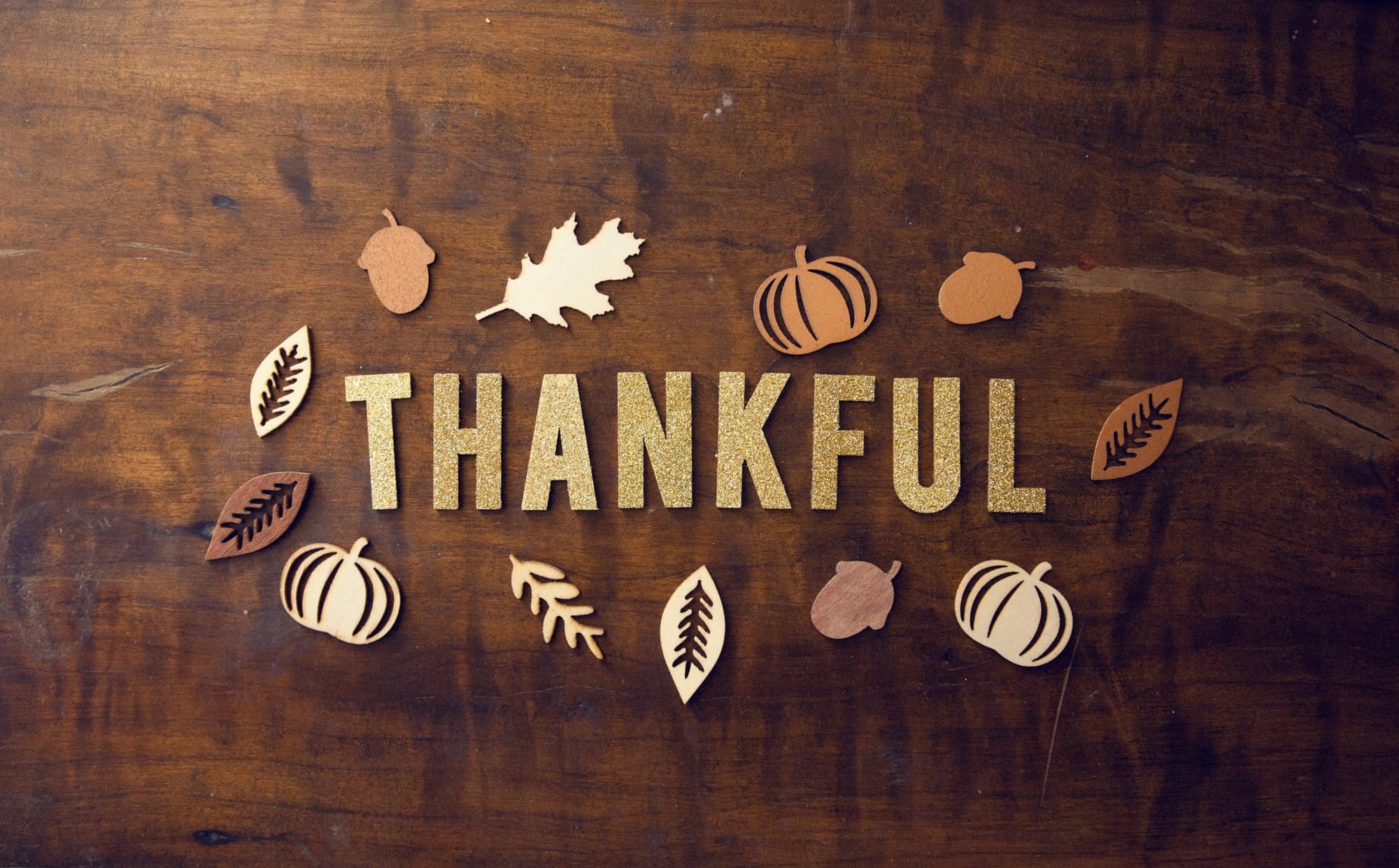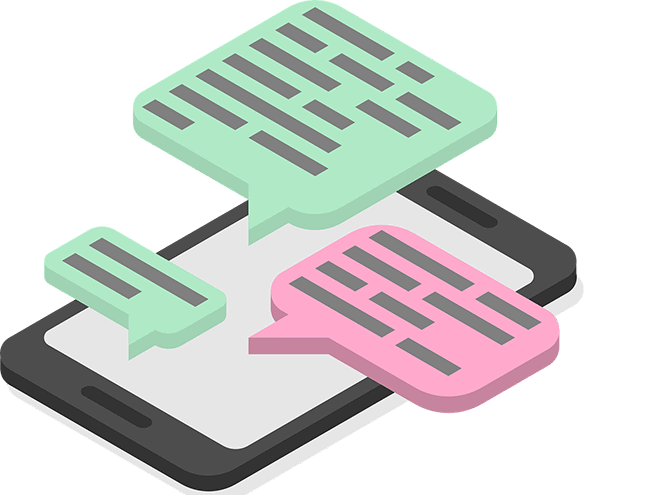We’ve all heard the old adage
it takes money to make money, right?
But is it true? There’s probably some truth to it, but you can make money from scratch if you are willing to put in the elbow grease. Every fundraiser faces hurdles.
We offer software for a fee, but you can sign up for free with a demo. The starter fees, though far less than other fundraising sites, can be daunting to those who are starting from scratch with a $0 budget. Still, others hate the thought of spending any money that could go toward their school’s needs. So, does it really take money to make money, as the quote says?
No! You can start a simple fundraiser to raise the money you need to implement a stronger, more cash abundant producing fundraiser. Below, are simple ways to raise starter funds for your fundraising efforts.
Invest Wisely — Then Let Donors Multiply Your Return
Yes, you need seed money — but with the right tools, it pays off. Launch your auction now with low upfront cost and high upside, so every dollar works harder for your mission.
Launch Your High-ROI AuctionSimple Fundraiser Ideas (No Cash Needed)
● Pet Wash for Charity
● Classroom Door or Home Welcome Wreaths (from donated items)
● Penny Donations (from spare change)
● Grams, Don’t use Candy- find a healthier snack option (do a sample, and wait for orders to complete the rest)
● Pet Walk or Pet Sitting (have a training session for students)
● Marathon Event
Yes, you need some money to grow bigger funds.
Events
Not everyone is into running marathons or walking five miles for charity. You can still do a marathon event. This is a great way to raise money via registration fees. Invite everyone in the community by advertising on community bulletin pages on Facebook, Craigslist, or a local newspaper.
Have registrants sign up in teams of 2-10. They can be co-workers, scout groups, band members, friends, or families. This is a fun team-building experience, too.
● Gingerbread Houses
● Snowman Building with Socks or Cotton Balls
● Ice Sculpting with Dry Ice
● Sand Castles with a Fun Recipe
● Cooking Contest
How to Get the Materials Needed for Projects Free
Give each classroom a list of items to collect from friends and family, or call local big box stores for item donations. Often, an in-person visit to a crafts or dollar store will result in them donating materials for your projects.
For the prizes, request free passes to local museums, theaters, and community playhouses. If there are arcades or fun places like ice skating rinks, reach out to them for free passes as well.
These are just a few of many ideas to help with your fundraising. It's a good idea for your group to brainstorm more ideas. For instance, there might be people in your group who know the owners of a go-kart racing place to who they can ask for free passes. It's time to use your connections and inherent charm!
Frequently Asked Questions
What does “it takes money to make money” mean for nonprofits?
It means strategic spending—on tools, people, and promotion—can unlock more revenue than doing everything for free. The goal is a positive return on investment (ROI), not zero cost.
How much should we budget to raise a specific amount?
Create a simple model: Target revenue – Direct costs = Net. Aim for a cost-to-raise-a-dollar you can defend (see below), then allocate budget to the few levers most likely to move revenue.
What’s a typical cost-to-raise-a-dollar for events and campaigns? (General information)
- Auctions/galas: often higher costs but strong net via sponsorships and high-value items.
- Peer-to-peer/crowdfunding: lower direct costs, higher reliance on promotion and ambassadors.
- Major gifts: more staff time, lower hard costs per dollar.
Benchmarks vary widely by cause and market; use your historicals to set targets. General information, not financial advice.
How do we set an ROI target for a fundraiser or fiscal year?
- Review last year’s revenue, costs, and channel performance.
- Pick a net goal and back into allowable costs.
- Fund the 3–5 highest-yield activities first (see below).
What spending usually produces the biggest revenue lift?
- Promotion: email, social ads/boosts, influencer/partner pushes.
- Conversion: mobile-first pages, wallet pay, streamlined forms.
- Inventory: high-demand auction items/experiences.
- Talent: pro auctioneer/MC, design, and copy that sells.
Do you have a simple sample budget split for an auction/gala? (General information)
- Venue/catering/AV: largest bucket (underwrite where possible).
- Promotion/design/printing: keep tight; favor digital.
- Tech/software/merchant fees: plan for a small % of revenue.
- Program/talent: auctioneer, speakers, entertainment.
Adjust to fit your market and goals. General information only.
How can we offset costs without hurting guest experience?
Pursue sponsorship underwriting for big-ticket line items (venue, AV, bar), and in-kind donations for printing, décor, and prizes. Offer naming perks and on-site visibility.
When should we hire professionals instead of doing it ourselves?
If a pro directly influences revenue (e.g., benefit auctioneer, copywriter) or reduces risk on critical-path tasks, hiring can net more than it costs. Pilot once before locking into long contracts.
How do we evaluate fundraising software ROI? (General information)
- Estimate revenue lift (conversion, average gift, acquisition).
- Tally fees (subscription + processing + addons).
- Require a short trial or month-to-month to validate gains.
General information, not purchasing advice.
Can we pay fundraising costs with donated funds? (General information)
Use unrestricted gifts or sponsorships for costs; follow donor restrictions for restricted gifts. Clarify terms in appeals and acknowledgments. General information, not legal advice.
How do we get the board comfortable investing in fundraising “overhead”?
Share a simple pro forma showing spend → revenue → net impact. Reframe “overhead” as capacity that expands programs. Start with a pilot budget and report results quickly.
How do we manage cash flow when costs happen before revenue? (General information)
- Front-load sponsorships and ticket presales.
- Use deposits with clear refund dates and milestones.
- Phase expenses; avoid paying for “nice-to-haves” too early.
General information, not financial advice.
How do we reduce risk when trying a new revenue idea or vendor?
- Start small with a 60–90 day pilot and clear success metrics.
- Negotiate flexible terms; avoid steep minimums.
- Set a go/no-go date based on early leading indicators.
How do we think about donor acquisition cost vs. lifetime value? (General information)
Estimate CAC (promo + staff time per new donor) and LTV (first gift + expected retention/upsell over time). A healthy program aims for LTV > 3× CAC. General information only.
Which KPIs show our investment is paying off before the event ends?
- Registration rate, donor count, and average gift.
- Bids per item and % of items with ≥2 bids (auctions).
- Traffic from ads/ambassadors and page conversion rate.
Should we rely on volunteers or pay for specialized work? (General information)
Use volunteers for repeatable tasks; hire pros where expertise directly grows revenue or mitigates risk (auctioneers, web/CRM, design, AV). General information only.
Any compliance reminders when spending and receipting? (General information)
Track costs accurately, disclose fair market value for benefits at events, and issue clear receipts. Check local rules for raffles/permits. This is general information, not legal or tax advice.
How can we cut expenses without lowering results?
- Underwrite high-cost line items with sponsors.
- Swap print for digital; reuse templates and assets.
- Focus catalog on fewer, better auction items to concentrate bids.
What are the steps to find break-even for an event? (General information)
- Sum fixed costs (venue, AV, design) + variable per guest costs.
- Estimate revenue per guest (tickets, auction, paddle raise).
- Break-even guests = total costs ÷ per-guest net contribution.
Do you have a quick checklist for smart fundraising investments?
- Define net goal and allowable costs.
- Fund promotion + conversion + inventory first.
- Secure underwriting/in-kind for big expenses.
- Pilot high-impact pros/tools before scaling.
- Track KPIs weekly; cut low ROI, double down on winners.
💡 Try this in ChatGPT
- Summarize the article "It Takes Money to Make Money" from https://ghost.charityauctionstoday.com/p/it-takes-money-to-make-money/ in 3 bullet points for a board update.
- Turn the article "It Takes Money to Make Money" (https://ghost.charityauctionstoday.com/p/it-takes-money-to-make-money/) into a 60-second talking script with one example and one CTA.
- Extract 5 SEO keywords and 3 internal link ideas from "It Takes Money to Make Money": https://ghost.charityauctionstoday.com/p/it-takes-money-to-make-money/.
- Create 3 tweet ideas and a LinkedIn post that expand on this Donations topic using the article at https://ghost.charityauctionstoday.com/p/it-takes-money-to-make-money/.
Tip: Paste the whole prompt (with the URL) so the AI can fetch context.
Tom Kelly
Tom Kelly, TEDx speaker and CEO of CharityAuctions.com, helps nonprofits raise millions through auctions and AI. He hosts The Million Dollar Nonprofit podcast and inspires leaders to live their legacy, not just leave it.
Table of contents
Create Your Auction
Raise 40% more with smart bidding tools






